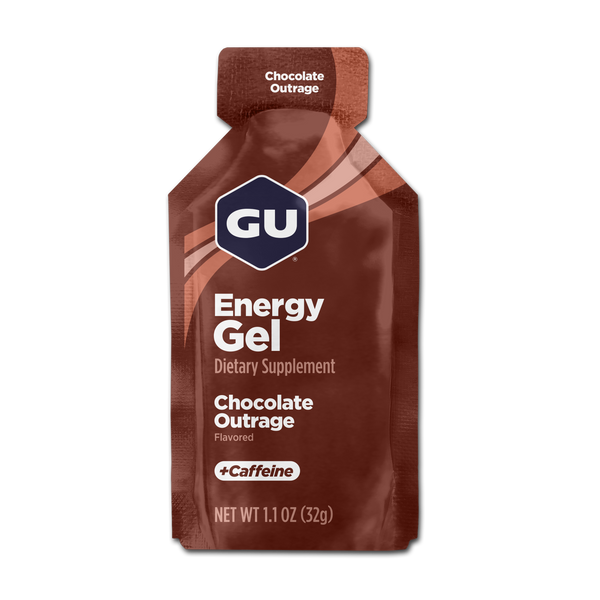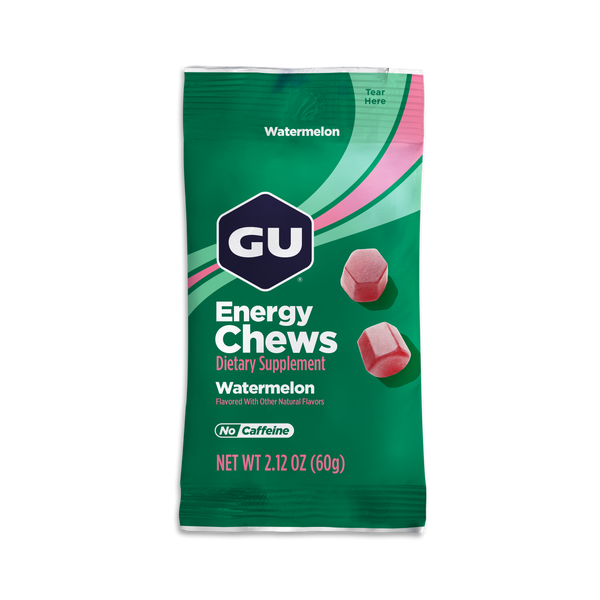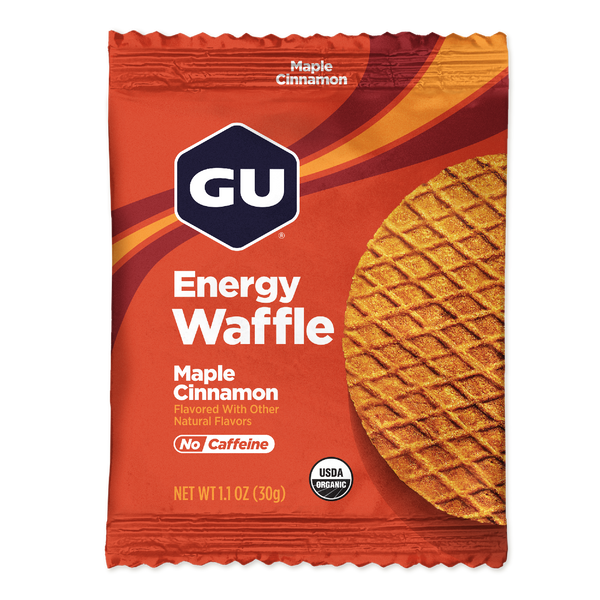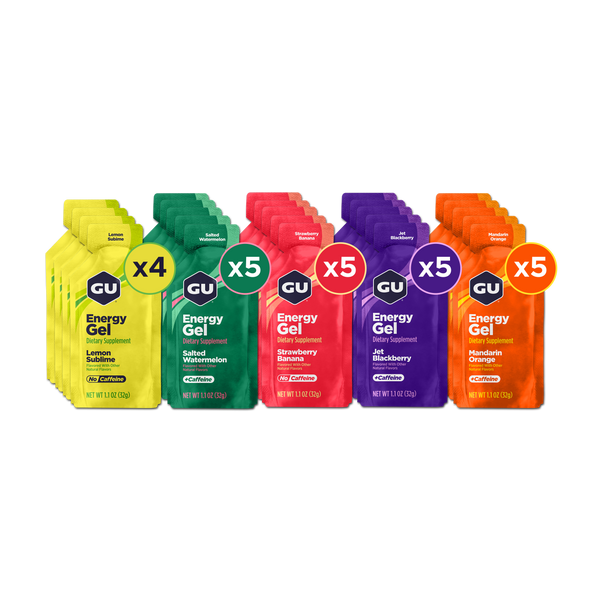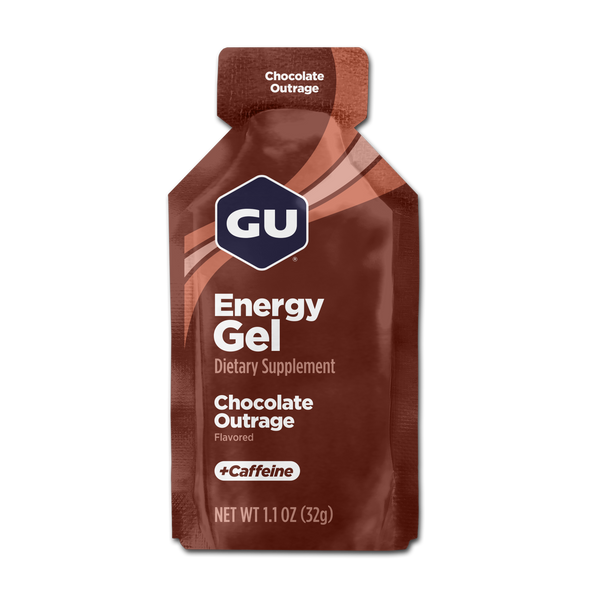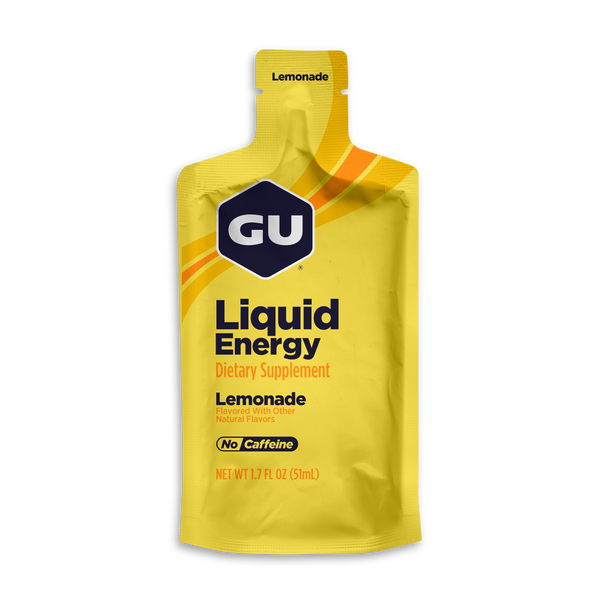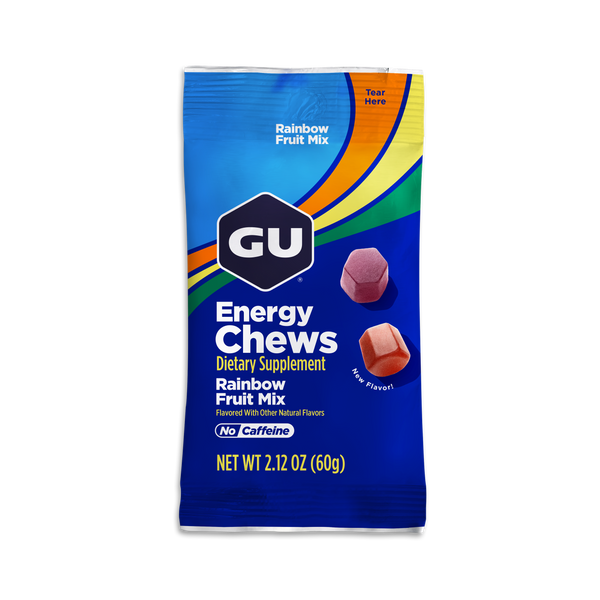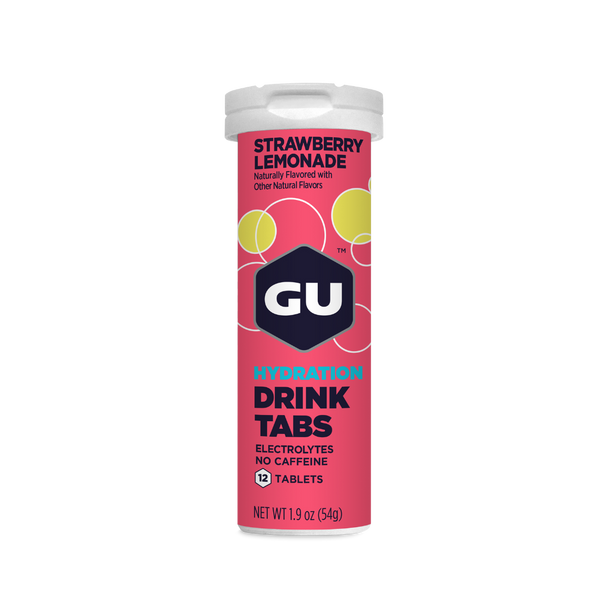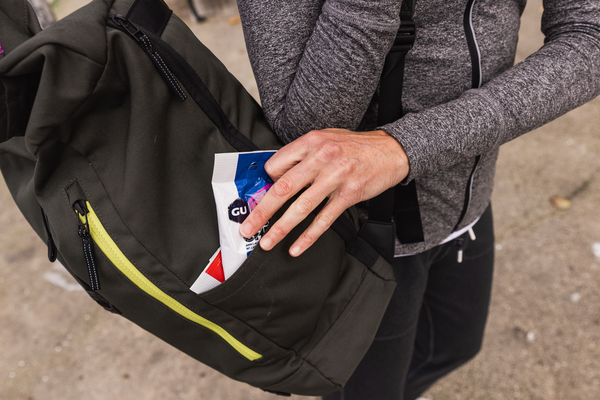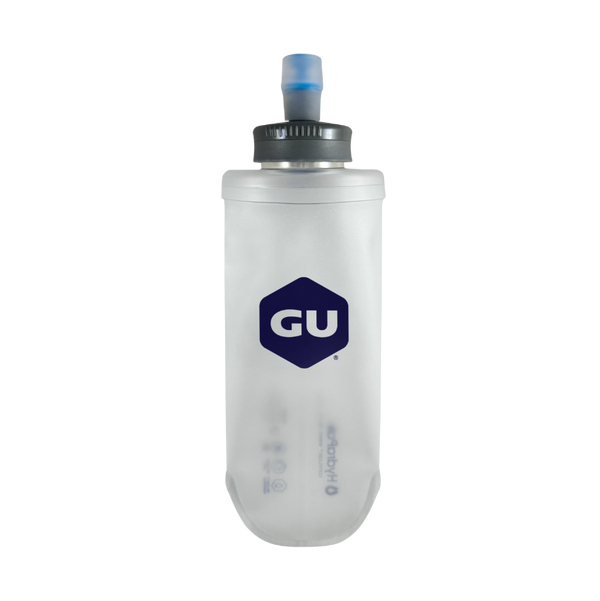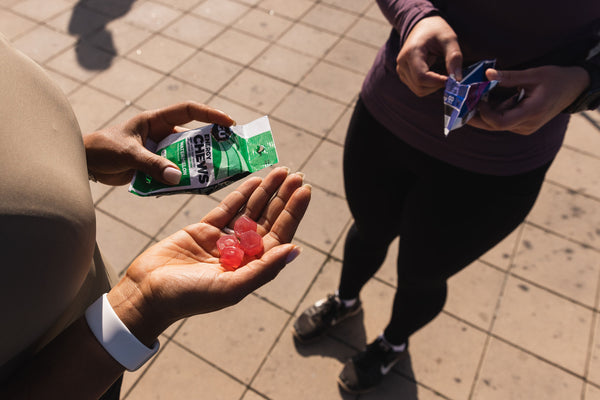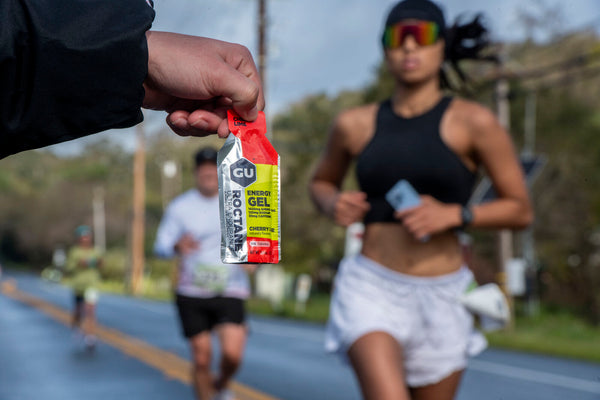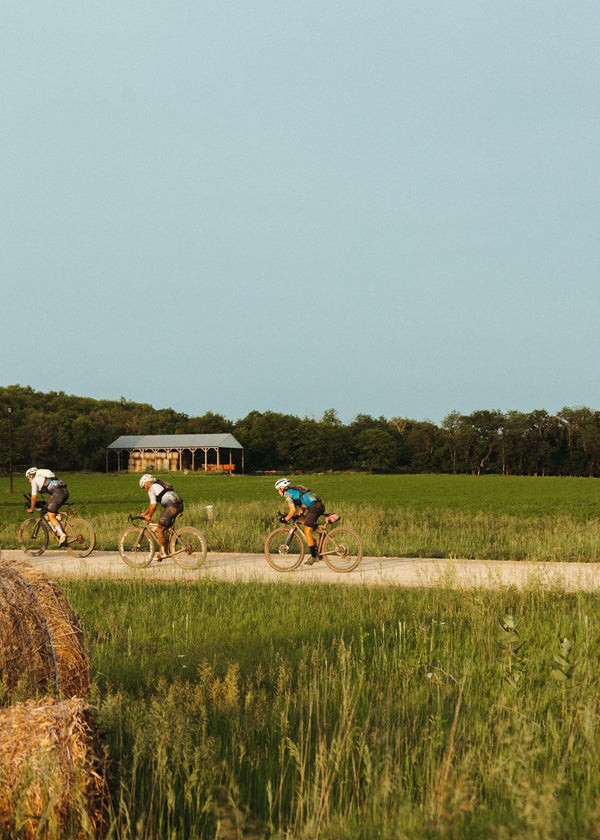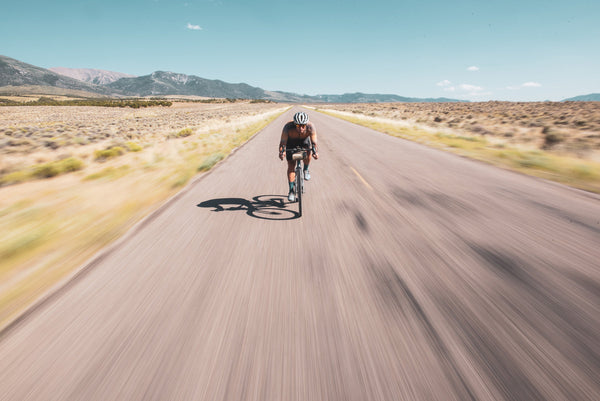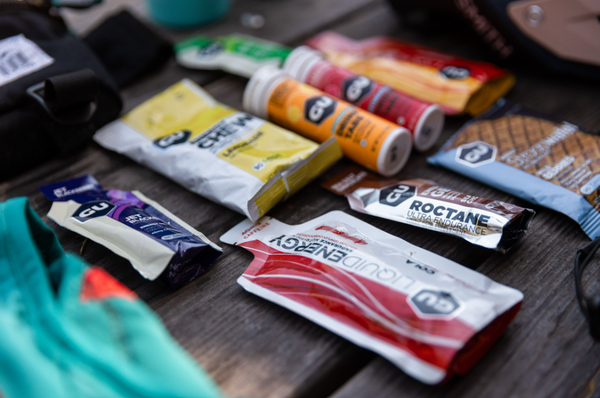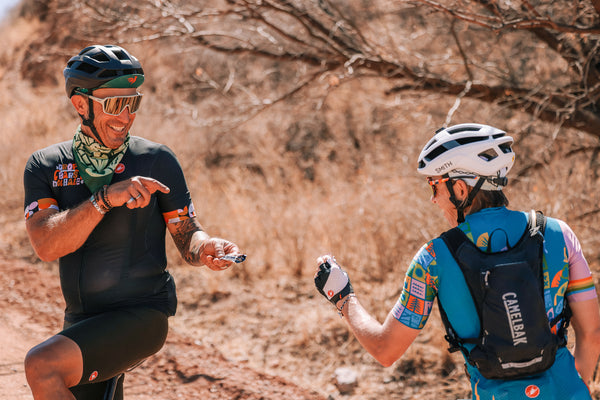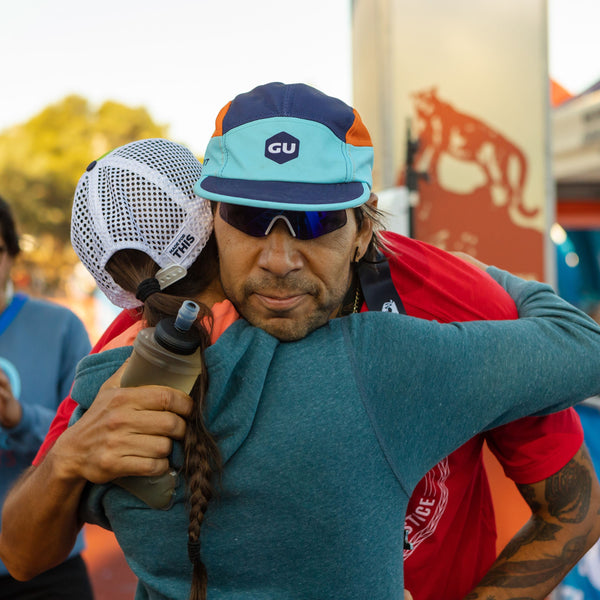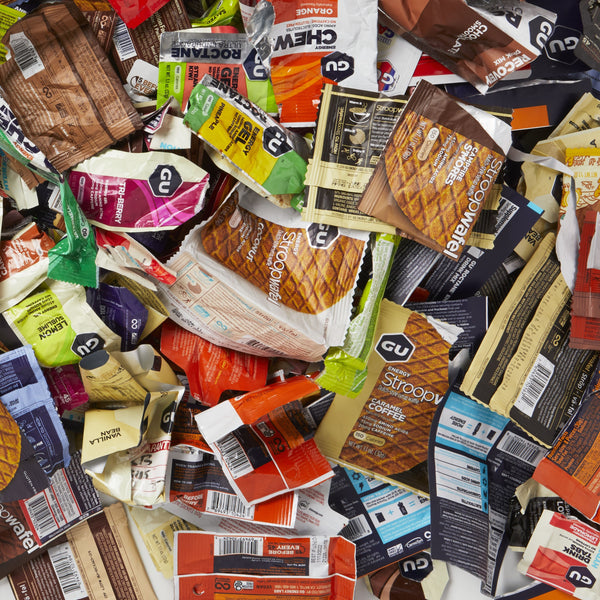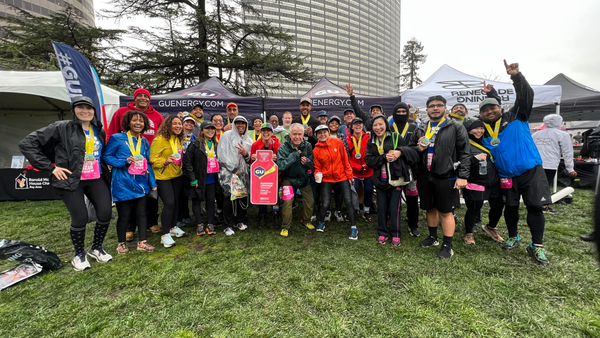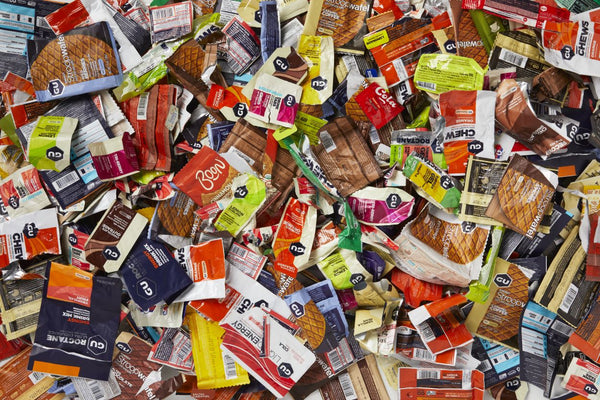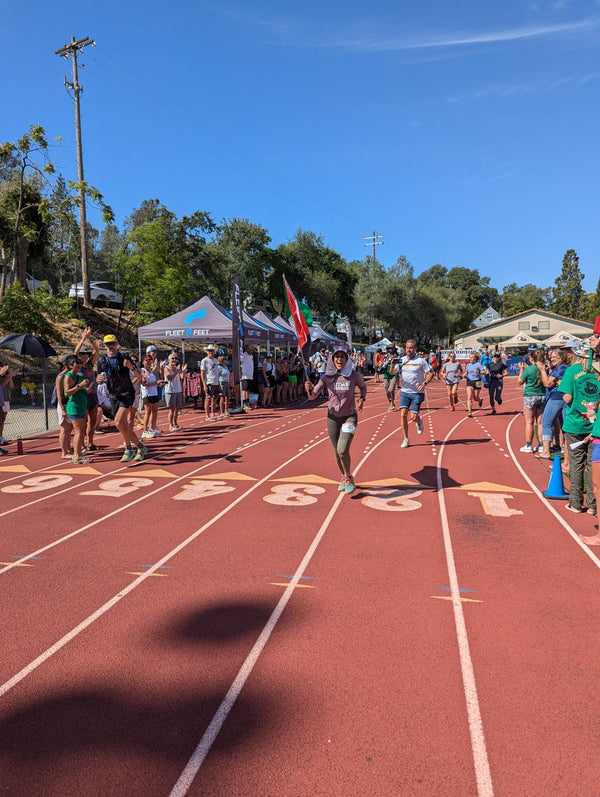How to Avoid Hitting the Wall: Tips for Maintaining Energy and Endurance
We’ve all been there—the moment in a race when your energy tanks, your legs feel heavy, and your mind starts telling you to stop. It’s called “hitting the wall,” and it’s one of the biggest challenges athletes face. The good news? There are strategies you can use to keep your energy levels up and avoid hitting the wall. Whether you’re training for a marathon, a long ride, or any endurance sport, this guide will provide you with tips to maintain your energy and build endurance for the long haul.
What Does “Hitting the Wall” Mean?
“Hitting the wall”, also known as “bonking,” occurs when your body depletes its stored glycogen (the body’s carbohydrate reserve and main fuel for endurance activities). This results in extreme physical and mental fatigue, making it difficult to maintain performance . The key to avoiding this? Effective fueling and energy management before and during your event.
Fueling for Endurance: The Right Way to Eat and Drink
The foundation of avoiding hitting the wall is proper fueling. Your body relies on carbohydrates as a quick and efficient source of energy. When muscle and liver glycogen stores run low, your body must work harder to convert fat into fuel, which takes more time and energy.
- Before Your Event: Carb-loading is a well-known technique used by endurance athletes to boost glycogen stores. In the 2-3 days leading up to your event, increase your intake of carbs while limiting your fat and fiber intake to avoid GI distress. Make sure to hydrate more to during the carb-load, and target 8-10 grams of carbohydrate per kilogram of body weight per day.
- During Your Event: Using products like GU Energy Gels or Roctane Energy Drink Mix can help you maintain energy during long races. These products provide a quick hit of easily digestible carbs, electrolytes, and amino acids to fuel your muscles. Start consuming them early in your workout—around the 20-30 minute mark—and continue every 20-30 minutes to sustain energy levels.
How to Build Endurance: Consistent Training and Recovery
One of the most effective ways to avoid hitting the wall is to build your endurance gradually over time. Training your body to handle longer durations and increased intensity helps improve your cardiovascular and muscular endurance.
- Progressive Overload: Increase your mileage, time, or intensity slightly each week. This gives your body time to adapt without risking injury or overtraining. Consider adopting the “10% rule” by increasing either your total mileage or total training volume (time) by no more than 10% per week.
- Mix It Up: Incorporating interval training, hill work, and cross-training activities can boost both muscular and cardiovascular endurance. You’re training your body to handle different stresses, which will help on race day.
- Rest and Recovery: Don’t underestimate the importance of rest days and recovery. This is when your muscles rebuild and become stronger. Consider adding GU Roctane Protein Recovery Drink Mix into your post-workout routine to help speed up muscle recovery and replenish glycogen stores.
Hydration and Electrolyte Balance: Stay Ahead of Dehydration
Dehydration can lead to premature fatigue, dizziness, and mental fog, contributing to hitting the wall earlier than expected. To avoid this, it’s crucial to stay hydrated and maintain an electrolyte balance, especially during long-duration events.
- Hydration Strategy: Aim to drink water consistently throughout your event, but also supplement with electrolytes to replace what you lose through sweat. GU Roctane Electrolyte Capsules or Hydration Tabs are excellent for maintaining sodium, magnesium, and chloride levels, which support cardiac and muscle function and may reduce the risk of cramping.
- Prevention of GI Distress: Don’t wait until you feel thirsty—by then, you’re probably already dehydrated. Research has shown that dehydration during exercise can slow gastric emptying, leading to symptoms such as nausea and stomach cramps (. To stay hydrated and avoid issues, aim for 16-32 ounces of fluid per hour and adjust as necessary.
Energy Maintenance for Endurance Events: Keep Your Engine Running
To avoid the dreaded bonk, you need to manage your energy from the start. This means staying ahead of your energy needs and not waiting until you’re already tired to refuel.
- Eat Early, Eat Often: Begin fueling early in the event, within the first 30 minutes, even if you don’t feel like you need it yet. By the time you feel fatigue setting in, it’s often too late. Energy Gels, Chews, and Waffles can provide quick, sustained energy without being heavy on the stomach.
- Boost Mental Endurance: It’s not just your muscles that need energy—your brain does too. Mental fatigue can be just as challenging as physical fatigue. Products like GU BCAA Capsules help delay mental fatigue, keeping you sharp and focused during tough endurance events.
How to Build Stamina and Endurance: Stay Consistent and Listen to Your Body
Building stamina and endurance takes time, and it’s important to stay patient and consistent in your training.
- Consistency is Key: Regular training will gradually increase your aerobic capacity and stamina. Keep a consistent routine that includes both long, slow distance runs and high-intensity intervals to cover all bases.
- Recovery for Growth: Recovery days are critical to allowing your body to rebuild and adapt. Stretching, foam rolling, and maintaining a healthy diet can help set you up for future success.
Avoiding Hitting the Wall Takes Strategy
Avoiding hitting the wall is all about preparation, smart fueling, and building endurance through consistent training. With the right approach, hitting the wall will be a thing of the past, and you’ll be crushing PRs and crossing finish lines with energy to spare!
Maintaining Energy and Endurance FAQs
Q: What causes you to hit the wall in an endurance event?
A: Hitting the wall is often caused by inadequate fueling, dehydration, poor pacing, or inadequate training. If your glycogen stores become depleted too quickly, your body will rely more heavily on burning fat, which is a slower energy source. This can lead to extreme fatigue, causing you to slow down or stop altogether. To avoid hitting the wall, make sure you are consuming carbohydrates before and during your event, staying hydrated, and maintaining a steady pace that doesn’t aggressively deplete your energy stores.
Q: What are the best strategies for energy maintenance during endurance events?
A: To maintain energy during endurance events, start fueling early and continue throughout the event. Use Energy Gels, Energy Chews, or hydration products like Hydration Tabs or Roctane Energy Drink Mix to replenish carbohydrates and electrolytes at regular intervals (about every 20-30 minutes). Stay hydrated, especially in hot or humid conditions, and consider electrolyte supplements like Roctane Electrolyte Capsules to help mitigate dehydration-related fatigue.
Q: How do I minimize muscle fatigue during long workouts?
A: To help minimize muscle fatigue during long workouts, ensure you’re fueling consistently with a combination of carbohydrates, electrolytes, and amino acids. GU Products like GU Energy Gels or BCAA Capsules can help delay muscle fatigue by providing your muscles with the energy and nutrients they need. Strength training and proper recovery (stretching, rest, hydration) are also key to keeping your muscles strong and offsetting fatigue over time.

